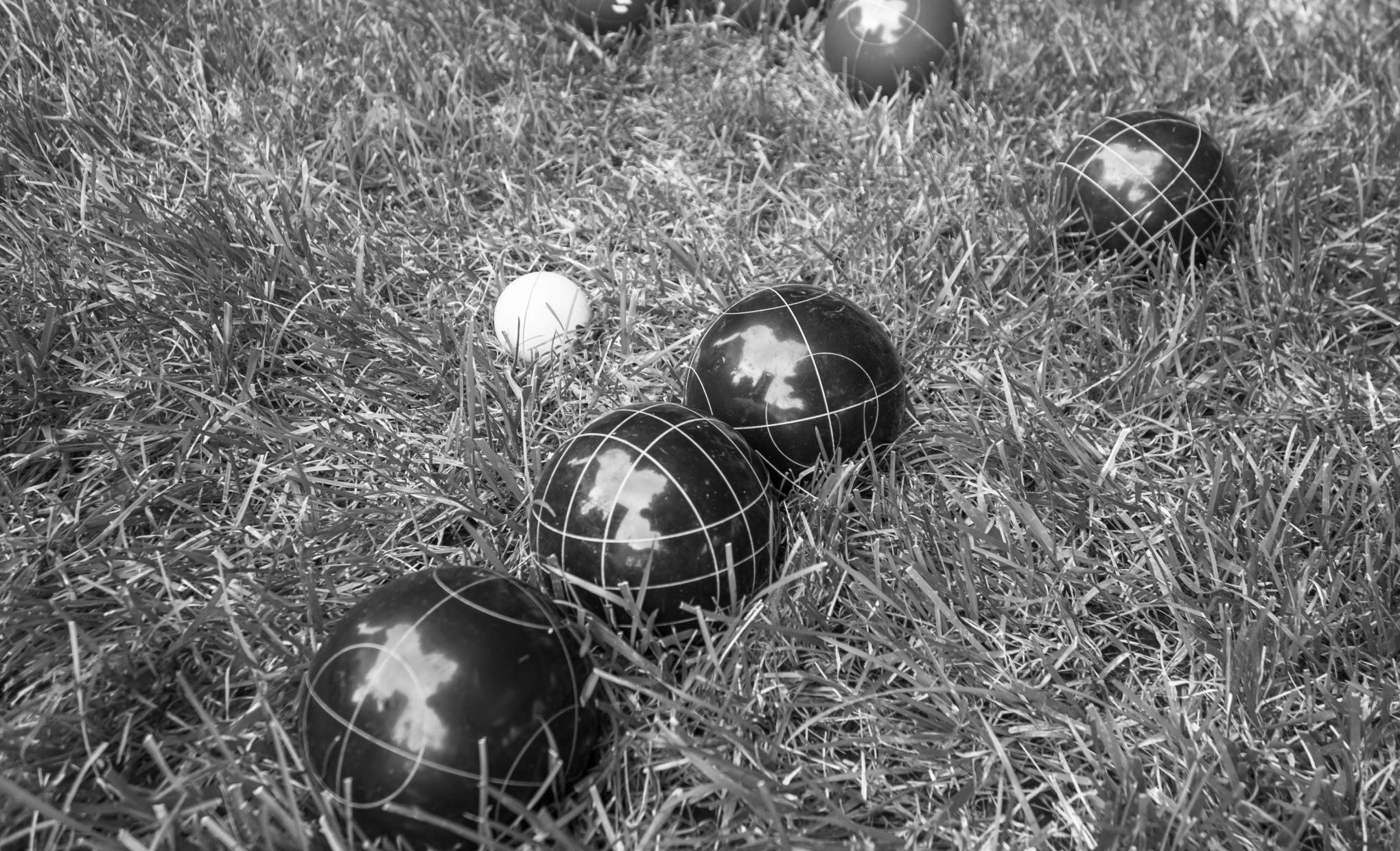The sport of bocce ball was first documented in a piece of Egyptian art dating back to 5200 B.C. that showed two boys playing the game. Reportedly, was first played with rounded rocks, coconuts, or wooden balls, but later evolved into the modern game it is today featuring composite or metal balls. It has gone by many names, including lawn bowling, nine pins, pétanque, and skittles. It’s thought that bocce ball first spread throughout the Middle East (stone balls dating back to 9000 B.C. have been found in Turkey) and into Asia Minor before being picked up by the Greeks around 600 B.C., who then passed the sport on to the Romans. (It’s worth noting that some people argue it was the Romans, not the Greeks, who first played the game, and we do know that there is evidence of the game being played in its current form as far back as 264 B.C. in Rome.) From there, the game spread far and wide, although it apparently went through various cycles of intense popularity and relative obscurity. At one point, it became so popular that Kings Carlos IV and V prohibited the playing of bocce ball, citing national security concerns (nobles were so interested in playing that leaders feared important tasks like military training weren’t getting enough attention). In 1576, the Republic of Venice publicly condemned the sport and threatened players with fines and imprisonment. The Catholic Church even prohibited any clergymen from playing, declaring the game a “gambling device.” Yet bocce ball persisted. Various historical figures were fans, including Queen Elizabeth I and Sir Francis Drake of Britain and Giuseppe Garibaldi, who unified and nationalized Italy. Since 1947, the Bocce World Championships have been held every year; France and Italy, the first two countries to form leagues, remain the most prominent competitors today. It's also important to note that bocce ball was introduced to America by immigrants who brought the game with them to their new home. Bocce ball is now considered one of the top 3 most played sports in the world and is popular among people of all ages and from all walks of life. It is even an event in the Special Olympics!

Your go-to guide for weird history facts
Subscribe to the FREE daily email that makes learning about history fun.


